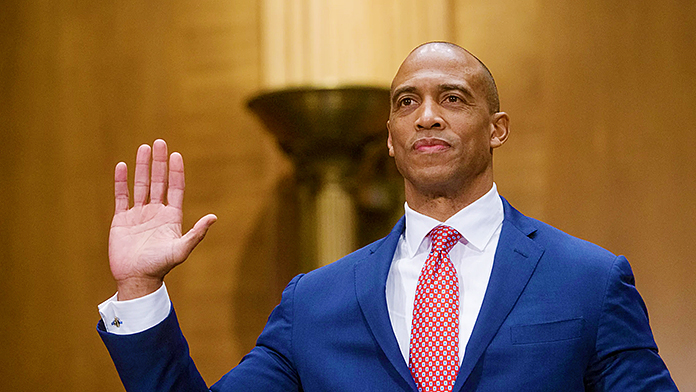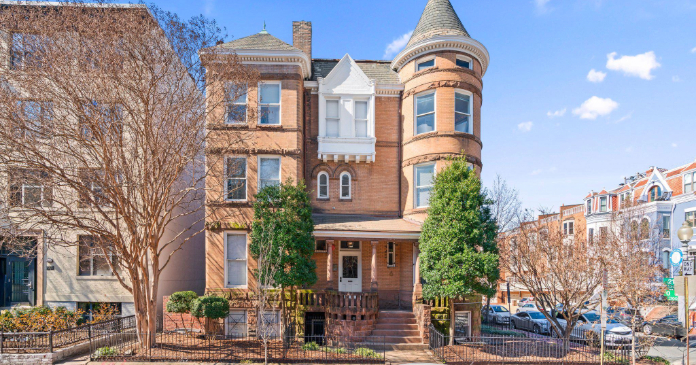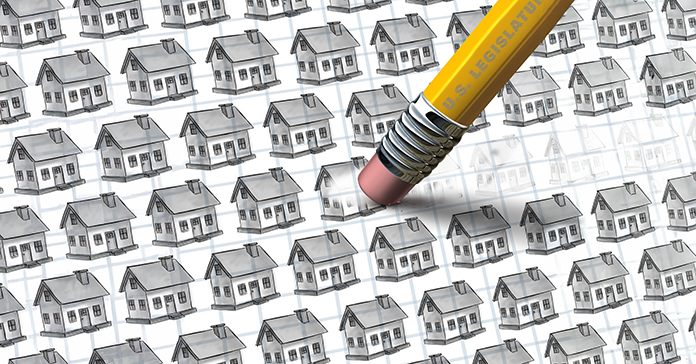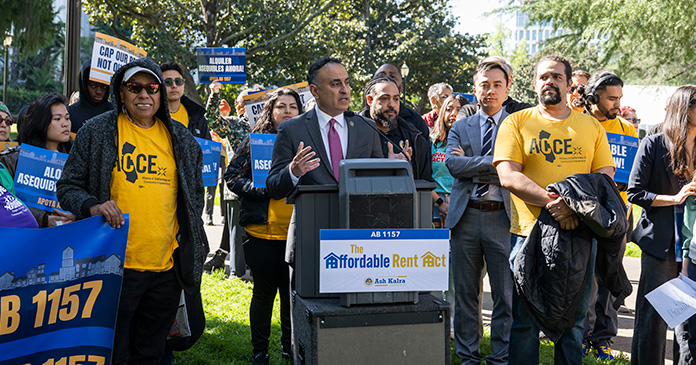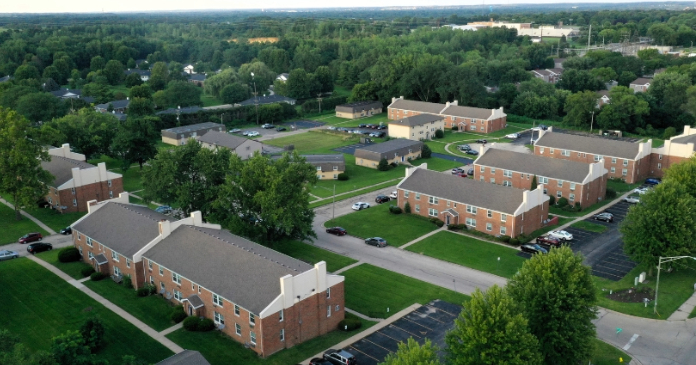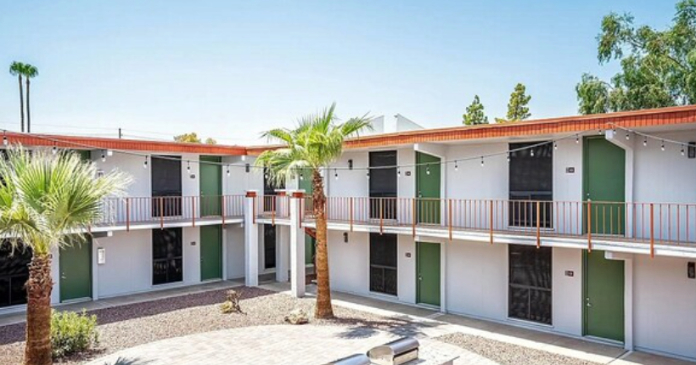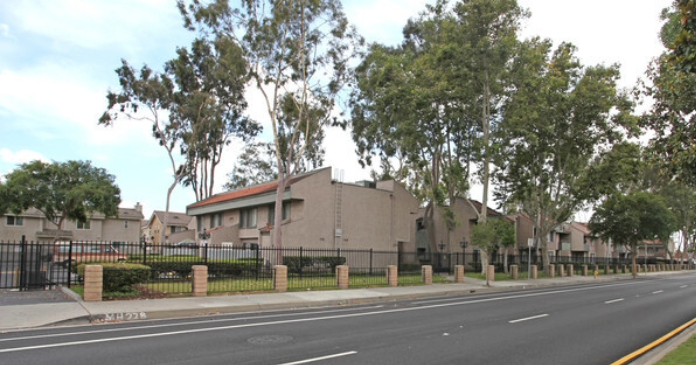One is H.R. 1935, introduced by Rep. Sander Levin (D-Mich.) that would change the tax treatment of carried interest, or what is known in real estate as “the promote,” to regular income from capital gains.
The other is climate change legislation, or the energy tax bill, as Republicans are calling it, containing several apartment-related provisions, including building-code requirements, new appliance efficiency standards and a grant program for energy-efficient retrofits.
Sustainability or just another energy tax
Climate change dialogue heated up early this year when President Obama pushed for the introduction of a cap-and-trade scheme to limit U.S. carbon emissions and reduce reliance on foreign oil as part of his fiscal 2010 budget plan. Energy bills swept through Congress this summer, but slowed when healthcare took center stage.
A bill proposed by House Energy and Commerce committee Chairman Henry Waxman (D-Calif.) and fellow U.S. Rep. Edward Markey (D-Mass.), passed the House by a narrow seven-point margin in June. The Senate is still working on its version.
Sen. Barbara Boxer (D-Calif.), who heads up the Senate Environment and Public Works Committee, intends to release a draft of that legislation by the end of September and hold hearings in October. Majority Leader Harry Reid, however, has indicated that full Senate consideration may be postponed until 2010 because of a crowded schedule.
The climate bill could take a back seat to “green” issues of another kind this year, such as annual spending bills, financial industry controls and the tax measure bills.
Paula Cino, director of energy and environmental policy at the National Multi Housing Council (NMHC), believes that, when the climate bill does start to move again, it will move quickly. “Everything has been contingent on the healthcare debate and there is this feeling that, as it moves forward, how it looks will greatly depend on what happens in healthcare, related to the cost of the healthcare package, and how willing Congress is, particularly the Senate, to enact another costly piece of legislation,” she said.
Unworkable code
Of concern to the multihousing industry are provisions in both climate bills that could dramatically increase building code requirements for new construction and rehabilitation projects within just a few years.
The House bill mandates that each state adopt codes requiring a 30 percent increase in efficiency over current code requirements by 2010 and a 50 percent increase over baseline codes by 2014. Because it was passed with the climate change piece, it would impose penalties on states that don’t follow the bill’s building code requirements.
“Under the House bill, the states would actually lose their emission allowance under the climate change piece, which is a big penalty for them,” said Cino. Language in the Senate version is similar, but slightly less onerous, because that piece of legislation has no provision for federal enforcement or penalties for non-compliance.
“Our research suggests that trying to squeeze out 30 to 50 percent efficiency in the next couple of years is just not feasible, and that language appears on both sides. But on the House side is this new federal enforcement language so, for the first time ever, you would have the federal government trying to enforce building codes on the state and local levels and we think that is a level of bureaucracy that is totally unworkable,” said Cino.
This one-size-fits-all approach to efficiency standards unravels the current processes for developing and adopting building energy codes at the state and regional levels, says the NMHC.
“Today, building codes are developed entirely in the private sector by third-party and nonprofit organizations — principally the International Code Council and ASHRAE — and it is their two energy codes that are referenced in this language. The way it works right now is that those organizations put together code committees. They have all the stakeholders sit down at the table and give input, and the NMHC actively participates, before the codes go out for public review.
It’s a very transparent public process, but, the codes that result from those national committees are just models that the state and local governments then take a look at and make changes to,” said Cino.
Codes that are adopted at the state and local level usually are very different from the national model code because they take into consideration product availability and practices that apply in some areas of the country, but not in others. Industry experts caution that federally proposed legislation would expunge that process, requiring state and local jurisdictions to adopt specific codes at specific levels, thereby removing the state’s ability to make code changes that meet local circumstances.
The NMHC believes federal code mandates will be costly and undermine smart growth land use and higher density housing, the biggest assets multifamily brings to the energy conversation. Forced to spend a lot of money and effort to upgrade their buildings without getting a lot of energy savings bang for their buck, multihousing developers are likely to spend less money elsewhere.
“The one thing that is still going to be in their control is the land use, so, instead of building a project in downtown Washington, DC, which is a very expensive proposition, they may go a little farther out where land is less expensive because they are going to have to spend more money for the code requirements,” said Cino using as an example Baltimore, which several years ago enacted a mandatory green building requirement that just completed a phase-in period.
“Now you have developers who had been planning projects in Baltimore City, saying, ‘I have an expensive piece of land and I have code requirements, so I’m going to take my projects to the suburbs where the land is less expensive.’ So the reality is, some of these sustainability efforts may undermine some very good projects that, for financial reasons, won’t be able to move forward in an infill location or a mixed-use project, pushing things further out, searching for less expensive land,” she said.
Label shock
The NMHC also opposes a provision in the bill that establishes a model labeling system, or energy-grade rating system similar to a miles-per- gallon sticker on cars, for multifamily building skins. The rating disclosure might be required before any sales transaction could take place.
As worded in the bill today, the program would be completely voluntary, which the lobbying group generally supports. But, concerned that the program quickly could become mandatory, the NMHC is seeking to put the brakes on that piece of the legislation, particularly because no sufficient labeling programs exist today for multifamily.
For years, the multifamily lobbying group has urged Energy Star to develop a voluntary standard for multifamily that is similar to those in place for single-family and commercial buildings.
Earlier this year, Energy Star released an online energy performance tracking tool that allows multifamily owners and operators to measure and manage their buildings’ energy consumption. But it will be several years before enough data is collected from participating multifamily companies to develop an applicable Energy Star rating for the sector.
“The fact is, the Energy Star program has been around for many, many years and they still haven’t figured out how to appropriately measure the energy for multifamily labels,” said Cino. “So the idea that we would need to get some kind of energy label before we conclude a sales transaction is a concern, because we know that the methodology is really not there.”
The NMHC seeks to clear up misunderstandings about what the codes can actually regulate in multifamily buildings, pointing out that the energy use of those structures significantly falls outside of the building codes, creating a split-incentive problem.
In single-family homes, the owner is entirely responsible for the energy use within the building, and commercial buildings have a similar structure. But, with multifamily, one owner is responsible for energy improvements to areas within the building that they do not control. What goes on within the buildings depends largely on the occupants — the renters. “In many of our buildings, the common areas are really very small compared to what’s going on in the residential units, so it would be difficult to stick a label on that kind of building and have it actually mean anything,” said Cino.
The NMHC believes the best way to approach energy improvements in multifamily is really from an incentive basis. “You have to incentivize the owners to make the improvements, because they are not going to get the cost benefits of those improvements,” said Cino.
Workable green alternatives
Another argument NMHC has long made speaks to the issue of affordable housing, which today is at critically low levels compared to demand.
If forced to spend several thousand dollars on new equipment to meet an energy benchmark, developers are going to pass along those capital costs to the residents.
Moreover, payback periods for code-related energy improvement measures, which in the multifamily sector are sometimes 20, 30 or 40 years, are unrealistic, not to mention the fact that no financing with a 40-year payback is available.
“We find that there’s a great misunderstanding about the scope of building energy codes, which skews people’s perception of what can be accomplished through this legislation. Achieving the 30 and 50 percent code efficiency targets involves costly improvements with long paybacks, while many low-cost, short-payback practices could not be used to satisfy the new code mandates. These include use of Energy Star-rated appliances and high-efficiency lighting — neither of which are within the scope of these codes,” said Cino.
The NMHC supports improvements in appliance efficiency standards.
“That is an area the federal government knows how to deal with and they have established cost benefits and metrics they use to set those standards. We believe focusing on the items that really do have a good cost benefit relationship and quick paybacks makes a lot more sense than asking us to push for some outlandish efficiency target that is very expensive and has a very long pay back,” said Cino.
Another area completely overlooked in the energy bills are the tax incentives that are set to expire over the next several years, including an energy efficient commercial tax deduction that expires in 2013 and the newer energy efficient homes-tax credit that has been extended several times, but is expiring this year.
“Part of our message when we go out and talk to members of Congress is, ‘Instead of setting unrealistic mandates, take a look at what we can do to incentivize private multifamily folks to go down this road,’ and obviously that would be an expansion and extension of the tax incentives.
“We believe multifamily development can play an important role in reducing energy use and mitigating climate change, but it’s not going to come from the energy we use in our buildings. It’s going to come from our land-use practices and that is the piece that is totally absent from this bill.
“There has been an astronomical increase in interest among multifamily developers and owners in improving energy efficiency and green building. And what they are looking for in many cases is just a little push, a little nugget and a little know-how. But what Federal government is doing is trying to ram down some really onerous requirements. It’s unfortunate that people are trying to go in this sustainable direction, but instead of giving them a little nudge, the federal government is pushing them in the opposite direction,” said Cino.




